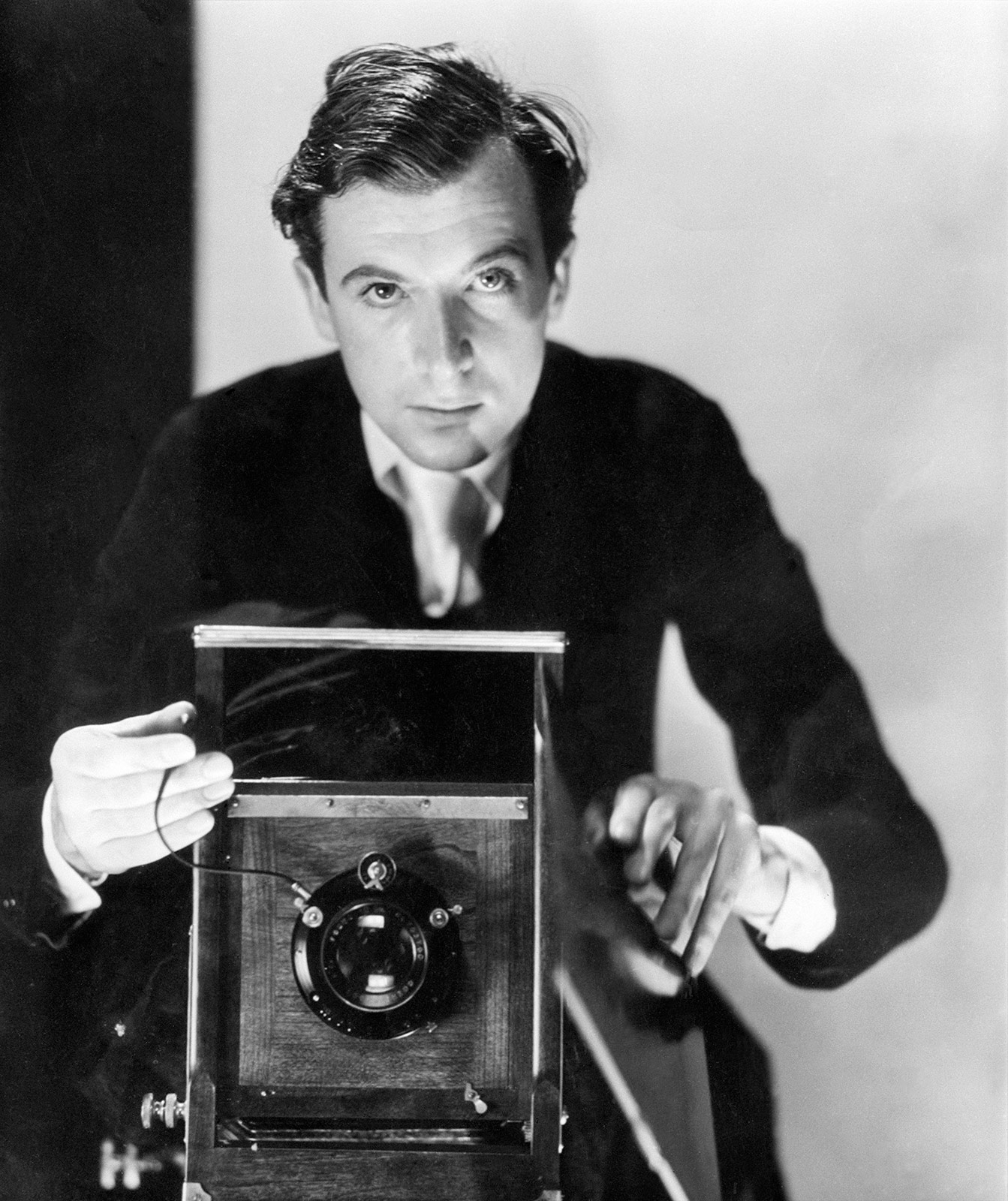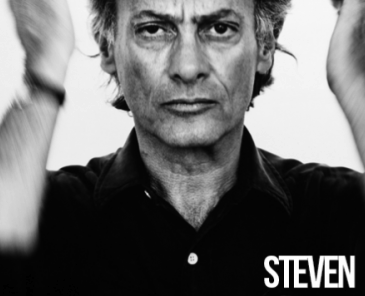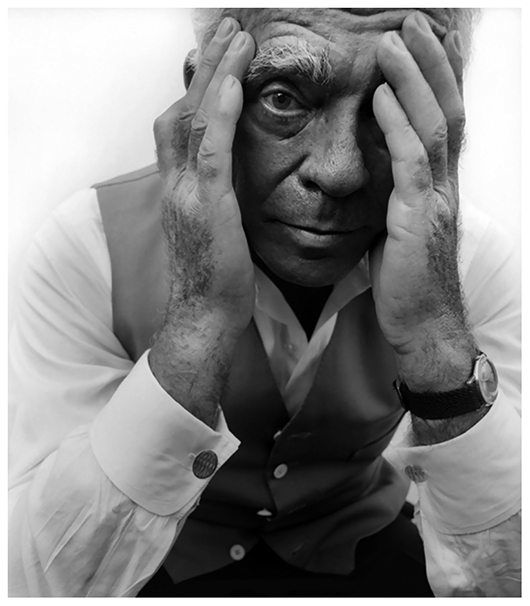Cecil Walter Hardy Beaton (Hampstead, January 14, 1904-Wiltshire, January 18, 1980) was a British photographer, painter, costume designer, and dressmaker, activities that he combined with the artistic direction of film and theater productions, rewarded with three Oscars and four Tony awards.
Beaton was born on 14 January 1904 in Hampstead, London, the son of Ernest Walter Hardy Beaton (1867-1936), a prosperous lumber merchant, and the wife of he Etty Sissons (1872-1963). The family business (Beaton Brothers) had been founded by his grandfather Walter Hardy Beaton (1841-1904). His parents were amateur actors.
He was educated at Heath Mount School (where he was bullied by fellow novelist Evelyn Waugh, later a famous novelist) and at St Cyprian's School in Eastbourne, where his artistic talents were quickly recognized
His nanny used a Kodak 3A camera, and it was she who began to teach him the rudiments of photography, which he practiced with his sisters and his mother, who posed for him.
He later attended Harrow School, and despite his lack of interest in academia, he enrolled at St John's College, Cambridge, where he studied history, art and architecture . Beaton continued with photography, and through his university contacts was able to have the first portrait of him (of the Duchess of Malfi) published in Vogue magazine.
Beaton left Cambridge without a degree in 1925, later working at various unsuccessful jobs, while continuing almost compulsively with photography. Finally, under the patronage of Osbert Sitwell, he managed to make his first exhibition at the Cooling Gallery in London, causing quite a stir.
Later, he moved to New York and gradually built a reputation there. At the time of leaving, he "had a contract with Condé Nast Publications to take photographs exclusively for them for several years worth several thousand pounds a year."
From 1930 to 1945, Beaton rented an estate at Ashcombe House, Wiltshire, where he entertained many notable figures. He also bought a town house in London, in 1940.
In 1947 he bought Reddish House, a country house located about five miles east of the village of Broad Chalke, Salisbury. Greta Garbo was a regular visitor. Interestingly, the upper floor of the house had been rigged for illegal cockfighting in the early 20th century, and Beaton used the cages as closets to store costumes he designed for the movie My Fair Lady.
Beaton's gravestone in the churchyard of Broad Chalke Church.
he remained in the house until his death in 1980, after suffering a stroke that disabled his right side, frustrating his work. He procured a financial support during the last stage of his life by organizing successive auctions of his original material with Sotheby's.He is buried in the local cemetery.
The great love of his life was the art collector Peter Watson, although they were never lovers. He had relationships with several men, including former Olympic fencer Kin Hoitsma, He also had relationships with women, including actresses Greta Garbo and Coral Browne, dancer Adele Astaire, and British "socialite" Doris Castlerosse.
Beaton was best known for his first exhibition in London in 1926. After starting his own photography studio (dedicated to fashion and portraiture) in the late 1920s, 1920, he worked for the American edition of Vogue, which initially hired him as an illustrator before becoming a photographer. Soon after, he signed a contract with the British version of Vogue in 1931 – he made the first cover for it in July 1932 – for which he worked until the mid-1950s, along with Henry Clarke.
he began his career by photographing his rich and famous friends. He has also worked with fashion magazine Harper's Bazaar and for Vanity Fair magazine.
he made many portraits of celebrities in Hollywood in the thirties. He was appointed official photographer of the British royal family in 1937, for whom he worked until the late 1970s,19 becoming one of the favorite photographers of Elizabeth, the Queen Mother. In 1951 he photographed Princess Margaret with a cream Dior gown for her 21st birthday, which became one of the most iconic royal portraits of the 20th century.
In the early 1950s he experienced a certain decline as a fashion photographer, and became a freelance photographer. At this time he was commissioned to photograph the magnificent Le Bal oriental party, organized by the eccentric billionaire of Spanish-Mexican origin Carlos de Beistegui, whom he came to know closely, at his palace in Venice. From then on, he began to devote himself to the development of sets and costumes for the theater and the cinema.
Film and theater stage designer
After World War II ended, Beaton began working on Broadway, designing the props, costumes, and lighting in 1946 for Oscar's Lady Windermere's Fan Wilde, in which he also starred.
His most lauded achievement was the set design for the play My Fair Lady (1956), which led to two highly successful film musicals for which he was awarded an Academy Award for best costumes: Gigi (1958) and My Fair Lady (1964).
He has received four Tony Awards for his Broadway productions. He also designed the sets and costumes for a production of Giacomo Puccini's opera Turandot, first used at the Metropolitan Opera in New York and later at Covent Garden in London. Lastly, he also designed the academic dress for the University of East Anglia.
World War II
During his career, he was also an illustrator and chronicler. In addition, he is remembered for his World War II photographs taken in Great Britain, especially during the German air raids on London, which were published in 1942 on the other side of the Atlantic.
Diaries
Six volumes of his diaries were published during Beaton's lifetime, from 1922 to 1974. The unabridged versions, much more candid and incisive, were published after his death.
His main exhibitions of him were held at the National Portrait Gallery in London in 1968 and 2004.
(Fuente Wikipedia)








 English (United Kingdom)
English (United Kingdom)